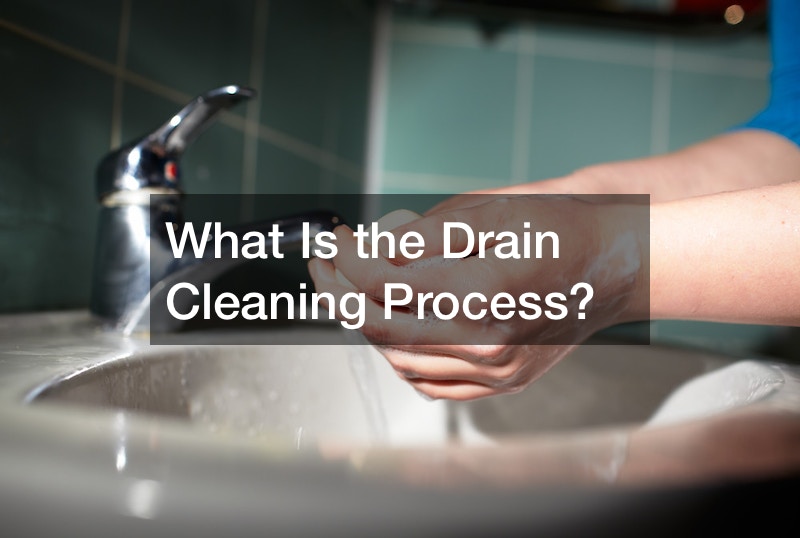What Is the Drain Cleaning Process?
Maintaining a functional plumbing system is crucial for every home or business. Drain cleaning is an essential part of this maintenance process, ensuring that wastewater flows smoothly. This article explores the drain cleanup process and its significance in maintaining a healthy plumbing system.
1. Identifying the Issue: The first step in drain cleaning involves identifying the problem. Common issues include clogs, slow drainage, or unpleasant odors. Accurate diagnosis helps determine the appropriate cleanup method.
2. Inspection and Assessment: Professional plumbers thoroughly inspect the affected drain using specialized tools like drain cameras. This assessment helps pinpoint the location and cause of the blockage or problem.
3. Choosing the Cleanup Method: plumbers select the most suitable cleanup method once the issue is identified. This could involve using drain snakes, hydro-jetting, or chemical solutions.
4. Drain Snake Usage: Drain snakes effectively clear, simple clogs caused by debris buildup. Plumbers enter the snake into the drain and twist it to break up and remove the blockage.
5. Hydro-Jetting: For more stubborn blockages or grease buildup, hydro-jetting is employed. This approach uses high-pressure water jets to dislodge and flush away debris, leaving the drain clean and free-flowing.
6. Chemical Solutions: In some cases, chemical solutions may be used to dissolve clogs caused by organic matter or soap scum.
7. Final Inspection: After the cleanup process, a final inspection ensures the drain is completely clear and functioning optimally. Any remaining issues are addressed to prevent future problems.
.





